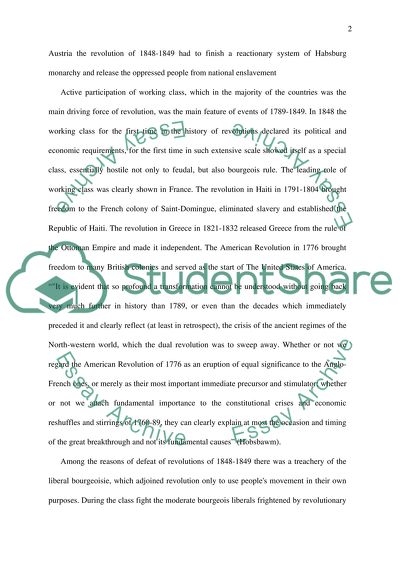Cite this document
(“The Age of Revolution 1789-1849 Essay Example | Topics and Well Written Essays - 1000 words”, n.d.)
The Age of Revolution 1789-1849 Essay Example | Topics and Well Written Essays - 1000 words. Retrieved from https://studentshare.org/history/1700064-the-age-of-revolution-1789-1849
The Age of Revolution 1789-1849 Essay Example | Topics and Well Written Essays - 1000 words. Retrieved from https://studentshare.org/history/1700064-the-age-of-revolution-1789-1849
(The Age of Revolution 1789-1849 Essay Example | Topics and Well Written Essays - 1000 Words)
The Age of Revolution 1789-1849 Essay Example | Topics and Well Written Essays - 1000 Words. https://studentshare.org/history/1700064-the-age-of-revolution-1789-1849.
The Age of Revolution 1789-1849 Essay Example | Topics and Well Written Essays - 1000 Words. https://studentshare.org/history/1700064-the-age-of-revolution-1789-1849.
“The Age of Revolution 1789-1849 Essay Example | Topics and Well Written Essays - 1000 Words”, n.d. https://studentshare.org/history/1700064-the-age-of-revolution-1789-1849.


